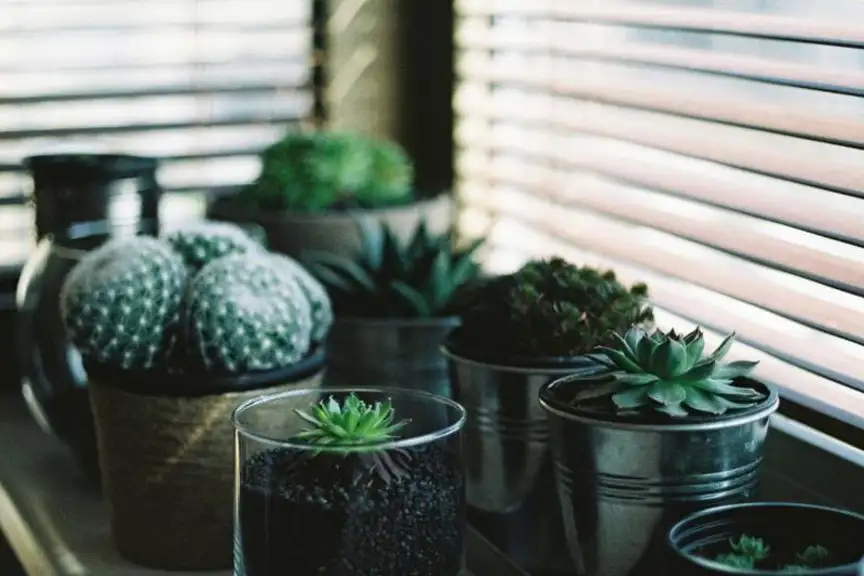Secrets to growing succulents
Succulents have the ability to store moisture in their stems or leaves. This clever survival mechanism ensures that they can get through the dry periods that will inevitably occur during the summer months.

Succulents have the ability to store moisture in their stems or leaves. This clever survival mechanism ensures that they can get through the dry periods that will inevitably occur during the summer months.

Succulents are best grown in free-draining soil or potting mix in an open, sunny situation. If there is any doubt about drainage, build a raised planting area above the existing soil level or plant on top of mounds. Succulent plants like to be watered fairly regularly during the warm months of the year but kept much drier in winter. Potted succulents should be allowed to dry out between waterings.
Some succulent plants suffer during winter and are still looking a bit weather beaten at this time of year. Hence, it's a good time to tidy them up, remove any dead sections, split crowded clumps and fertilise the plants with a slow release food like Acticote. Plants that show signs of rotting should be treated with a fungicide such as Anti Rot.
Most succulents grow easily from pieces, either from leaf or stem cuttings. Allow the cutting to dry for a few days, dip into Clonex Gel, then pot into a very sandy mix. Keep in light shade for a few months before checking to see if roots have developed.
Succulents come in many forms and in vast numbers. For an extensive overview it's best to consult one of the specialist books or visit the Designer Plants chapter in the most recent editions of Yates Garden Guide. But if you just want to experiment with a few succulents,

This group forms flat, saucer-shaped rosettes of shiny foliage. Aeonium arboreum can grow to a branched shrub up to 2 m high. A popular variety is 'Schwarzkopf', which has dark mahogany to burgundy foliage.

Agaves make great feature plants with their stiff leaves forming large rosettes that may be up to 1 m across. Many have spiky margins but the popular Agave attenuata, with its smooth grey-green leaves, is widely used in modern, warm climate landscapes.

This group of neat, rosette-forming plants looks especially attractive in pots or hanging baskets. The overlapping leaves may be green, blue to grey, or silver, many with pink flushes. Flowers are held on tall stems high above the foliage and are bell-shaped, mostly red, yellow or orange. Echeverias multiply rapidly and grow easily from pieces.

Jade (P. afra) can be found with plain green or variegated leaves. It has thick brown stems and small, round, succulent leaves. It may be grown in a container or in the garden. It adapts well to tough, dry conditions but needs more watering in warm weather. It's sometimes called the money plant because, if sited near the front door, it's said to enhance the inhabitants' wealth.

Foliage of this succulent is a most distinctive shade of frosted blue. It makes a spreading ground cover, its foliage being a great foil for other green-leafed plants. In summer it bears small cream flowers but these are probably best cut off.

Spineless Yucca – Yucca elephantipes
In both its plain and variegated forms, has become popular for its architectural shape and its versatility – it can be used both indoors and out.